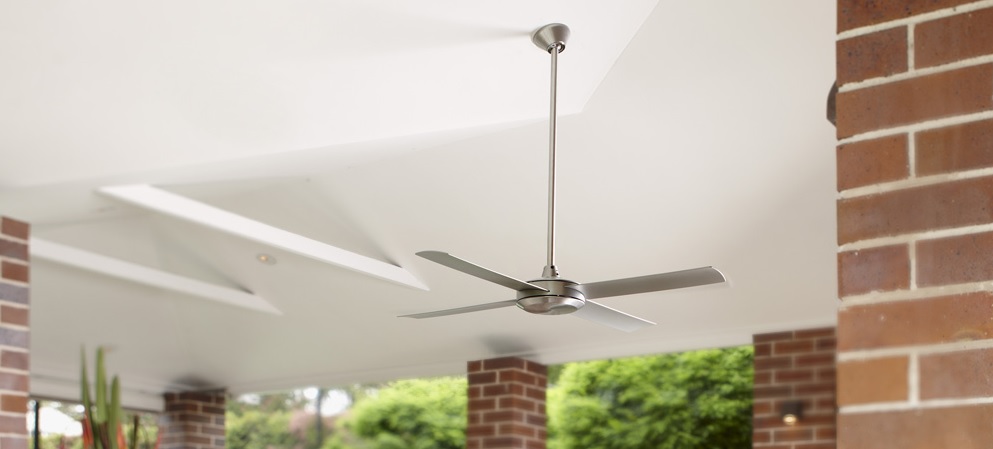
Common Fan Questions as the days rapidly get hotter here on the Gold Coast
Does size matter?
In most cases yes, however there are a couple of exceptions to the rule, it’s always best to look at the airflow measurements.
When looking at a standard wooden blade ceiling fan for bedrooms our advice is to try and go for a 52inch over the 48inch fans as in most cases you will get double the airflow. Meaning throughout the night you will be able to have it on a slower speed, using LESS POWER.
Wood vs Metal vs The NEW Plastic?
Metal Ceiling Fan blades are hard to beat when it comes to airflow however many of our customers do report the noise they can make as the blades cut through the air at a rapid pace. Wooden blade ceiling fan are often the solution to the noise, virtually being silent, however they do dramatically reduce the airflow. The solution these days seems to be in the newer plastic blade ceiling fans like we stock allowing for similar airflow to the metal with the reduced noise of wooden. Added bonuses are the inability to rust or warp like the metal and wooden blades tend to do over time.
Can I use this ceiling fan outside?
Majority of ceiling fans these days can be used outside as long as they are protected adequately from the elements. For example some supplies will stipulate as long as the fan blade in 1.5m for the edge of the soffit or undercover area they are warranted for outdoor use. It is worth keeping in mind the proximity to water such as beach fronts or canals and your fans likelihood to rust when exposed to these elements. A 316 Grade Ceiling fan is a great option for beach front properties, corrosion is unlikely and the tea staining it may attract can be cleaned. As mentioned previously the plastic blades on the ceiling fan will not rust or warp. Always keep in mind while ceiling fan motors may be warranted for exterior use, their finishes including the blades may not be. Therefore it is important to pick the right finish and maintain it to the best of your ability.
AC vs DC?
As an example a standard DC Ceiling fan could use a total of 38w on high, while a standard AC ceiling fan will use around 60w on high. DC ceiling fans will usually have 6 speeds compared to an AC which will only have 3. It’s important to mention that the number of speeds does not mean the fan goes any faster, more simply that there is just more variance between them. It’s also important to mention that all DC ceiling fans require a remote, while the AC Ceiling fans can be controlled by a remote or wall control the choice is yours (a good note to make when installing DC ceiling fans in kids bedrooms are rental properties where it’s possible they may go missing).
Hopefully this has been helpful always feel free to contact us if you have any further questions we are always happy to help.
 Australia Wide Shipping from $9.95! FREE SHIPPING ON ORDERS OVER $250*
Australia Wide Shipping from $9.95! FREE SHIPPING ON ORDERS OVER $250*










